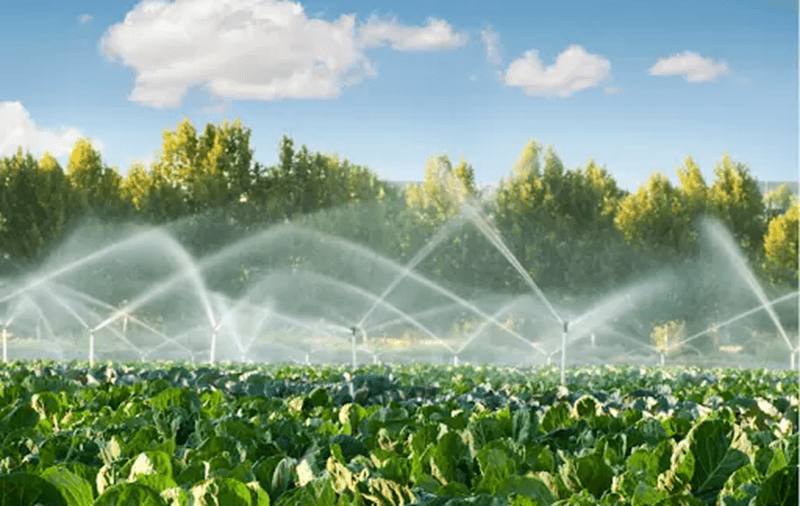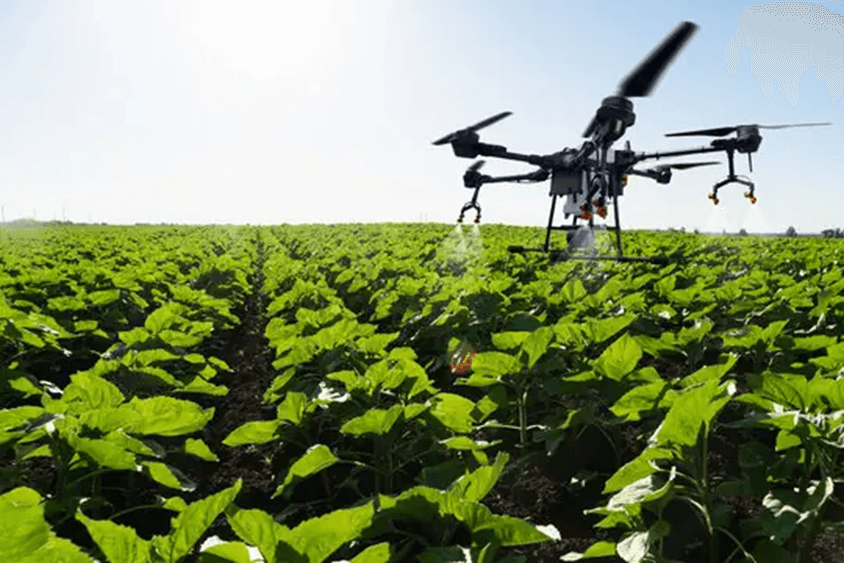
Smart Farming: How Sensor Technology is Optimizing Agriculture in Kenya in 2025
Introduction

Agriculture in Kenya is undergoing a digital transformation, with smart farming technologies playing a pivotal role in optimizing yields, reducing costs, and promoting sustainability. Among these technologies, sensor-based systems are revolutionizing farming practices by providing real-time data on soil conditions, weather patterns, water needs, and crop health.
In 2025, the adoption of sensor technology is not only enhancing productivity but also addressing challenges like climate change, resource scarcity, and food security. This blog explores how sensor technology is transforming Kenya’s agriculture, its benefits, and the opportunities it offers for farmers and the agricultural sector at large.
The Role of Sensor Technology in Kenyan Agriculture

- Soil Health Monitoring
Soil sensors analyze parameters like moisture levels, pH, and nutrient content, helping farmers make informed decisions about fertilization and irrigation. This minimizes resource wastage and boosts crop yields. For example, farmers in counties like Uasin Gishu and Narok are leveraging soil sensors to improve maize and wheat production. - Irrigation Management
Smart irrigation systems equipped with sensors measure soil moisture and weather conditions to determine the precise amount of water crops need. This is particularly critical in arid and semi-arid regions of Kenya, such as Turkana and Kitui, where water conservation is vital. - Crop Health and Pest Detection
Sensors installed in fields can detect early signs of pest infestations or diseases by analyzing plant health indicators such as chlorophyll levels and growth patterns. These insights enable timely interventions, reducing crop losses. - Weather and Climate Monitoring
Weather stations integrated with sensors provide hyperlocal weather data, allowing farmers to plan planting, harvesting, and protective measures against adverse conditions. Such systems are especially beneficial in mitigating the unpredictable effects of climate change. - Livestock Management
In livestock farming, sensors monitor animal health, movement, and environmental conditions like temperature and humidity in sheds. This ensures better animal welfare and higher productivity in dairy and poultry farming.
Benefits of Sensor Technology in Agriculture

- Resource Optimization
By providing precise data on water, fertilizers, and pesticides, sensor technology helps farmers minimize waste and lower costs. - Increased Yields
Real-time monitoring ensures timely actions, leading to healthier crops and higher productivity. - Sustainability
Smart farming practices promote environmental sustainability by reducing overuse of resources and minimizing greenhouse gas emissions. - Economic Empowerment
Smallholder farmers, who make up a majority of Kenya’s agricultural workforce, can increase their incomes by adopting sensor-based systems to maximize efficiency.
Challenges in Implementing Sensor Technology in Kenya
- High Initial Costs
Installing sensor systems requires significant investment, which can be a barrier for small-scale farmers. - Limited Awareness and Training
Many farmers lack knowledge about how to use sensor technology effectively, highlighting the need for training and capacity-building programs. - Infrastructure Gaps
Poor internet connectivity and inconsistent power supply in rural areas hinder the adoption of smart farming solutions. - Data Accessibility
Translating raw sensor data into actionable insights remains a challenge for farmers without access to user-friendly platforms or tools.
Opportunities for Growth in 2025

- Public-Private Partnerships
Collaborations between the Kenyan government, agritech startups, and international organizations can subsidize the cost of sensor technologies and provide training programs. - Localized Solutions
Developing sensor technologies tailored to Kenya’s diverse agricultural landscapes can improve their relevance and adoption. - Mobile Integration
With mobile phone penetration in Kenya exceeding 90%, integrating sensor data with mobile platforms ensures that farmers can access real-time insights on their devices. - Export Potential
Enhanced productivity through smart farming can position Kenya as a leader in the export of key crops like tea, coffee, and horticultural products.
Conclusion
Sensor technology is transforming Kenya’s agricultural sector in 2025, enabling farmers to make data-driven decisions, optimize resources, and adapt to climate change. By integrating sensors into soil health monitoring, irrigation, pest management, and livestock farming, Kenya is setting a precedent for sustainable and efficient agriculture in Africa.
While challenges such as cost and infrastructure remain, the opportunities for growth are immense. With the right investments, partnerships, and training, sensor technology can empower Kenyan farmers to secure a brighter and more sustainable future for the nation’s agriculture.
References








